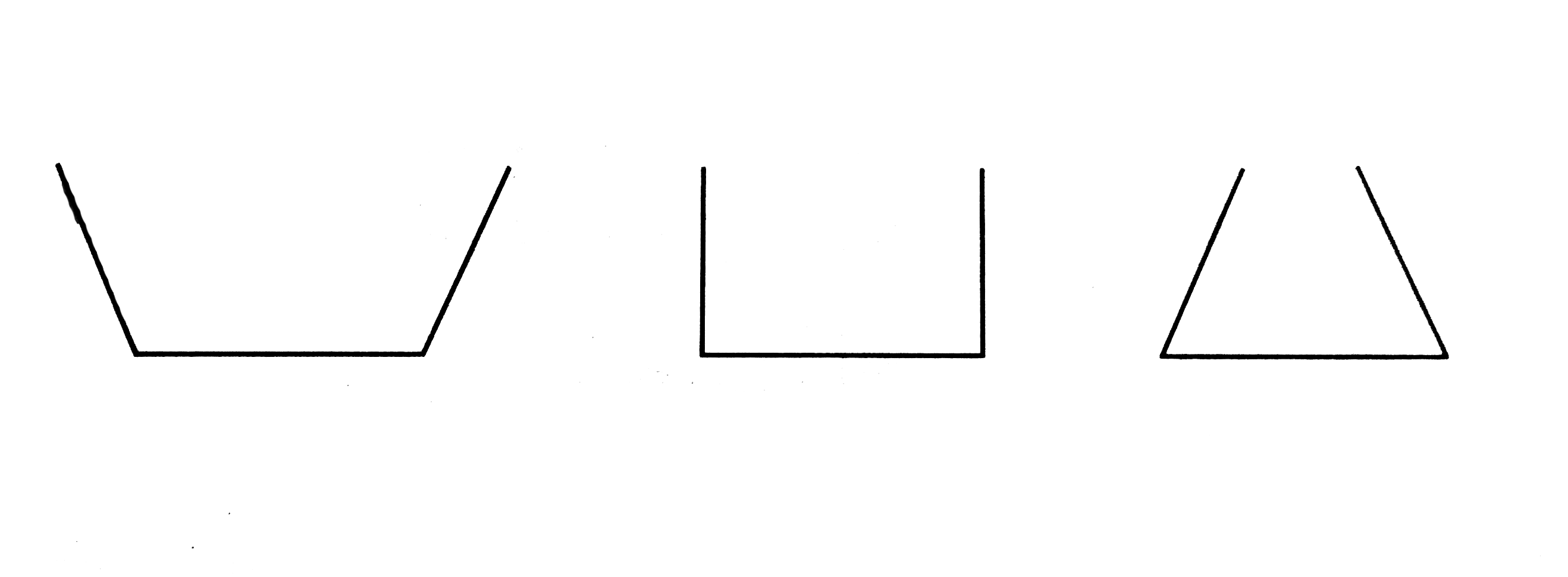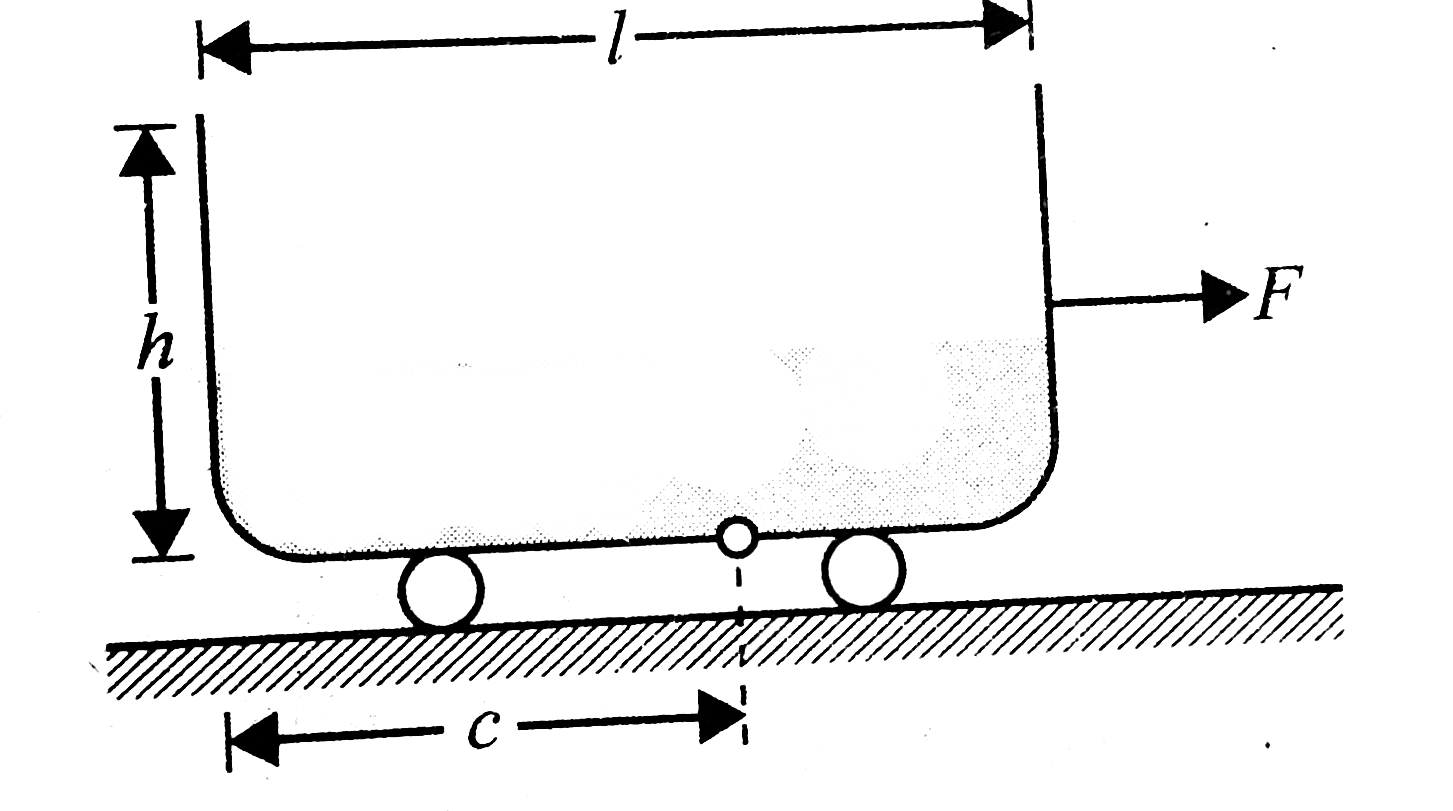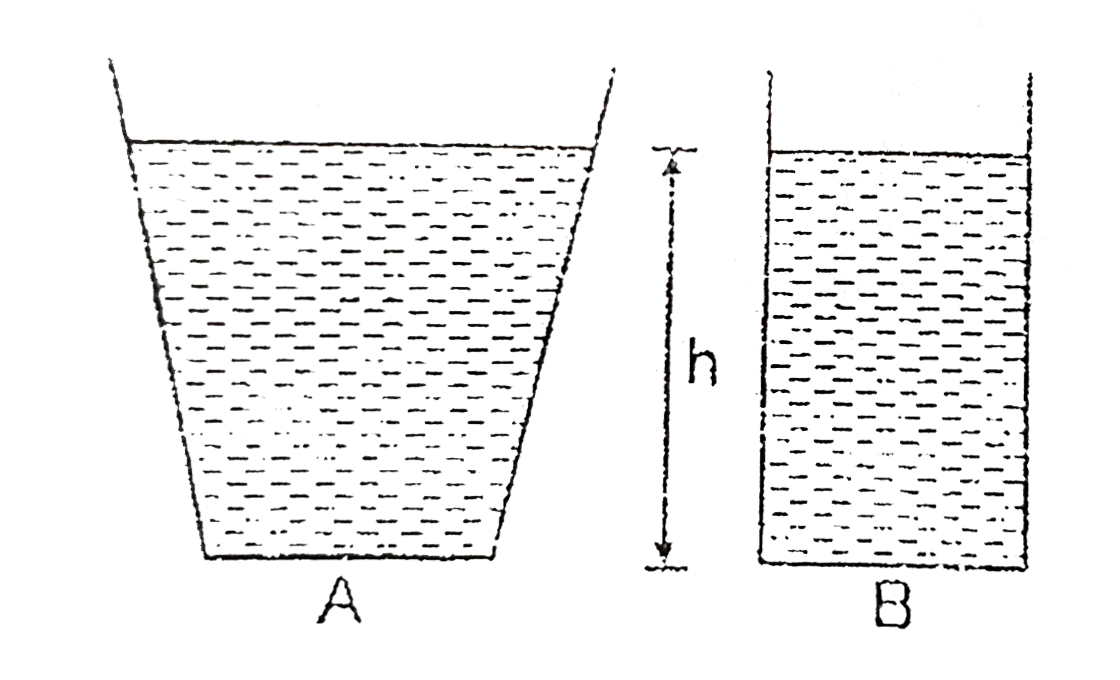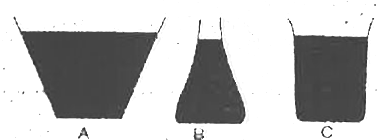Three identical vessels and contain same quantity of liquid. In each vessel balls of different densities but same masses are placed. In vessel , the ball is partly submerged, in vessel , the ball is completely submerged but floating and in vessel , the ball has sunk to the base. If and are the total forces acting on the base of vessels and , respectively, then

The correct Answer is:A
weight of liquid
buoyant force on the ball
weight of the ball
normal reaction between the ball and the surface
The free body diagrams of the balloon each vessel are as follows

At base reaction force of buoyant force will act in downward direction.
The force acting at the base of each tank are
Thus
Topper's Solved these Questions
- FLUID MECHANICSBOOK - CENGAGE PHYSICS ENGLISHCHAPTER - FLUID MECHANICSEXERCISE - Multipe Correct
15 Videos
- FLUID MECHANICSBOOK - CENGAGE PHYSICS ENGLISHCHAPTER - FLUID MECHANICSEXERCISE - Assertion-Reasoning
8 Videos
- FLUID MECHANICSBOOK - CENGAGE PHYSICS ENGLISHCHAPTER - FLUID MECHANICSEXERCISE - Subjective
25 Videos
- DIMENSIONS & MEASUREMENTBOOK - CENGAGE PHYSICS ENGLISHCHAPTER - DIMENSIONS & MEASUREMENTEXERCISE - Integer
2 Videos
- GRAVITATIONBOOK - CENGAGE PHYSICS ENGLISHCHAPTER - GRAVITATIONEXERCISE - INTEGER_TYPE
1 Videos
Similar Questions
Two vessels A and B have same base area. Equal volumes of a liquid are poured in the two vessel to different heights hA and hB(hB>hA). In which vessel, the force on the base of vessel will be more?
View SolutionTwo identical vessels contain helium and hydrogen gases at same temperature, then
View Solution
Knowledge Check
Three vessels A,B,and C of different shapes contain a water upto the same height as shown in the figure .PA,PB ,and PC be the pressure exerted by the water at the bottom of the vessels A ,B and C respectively . Then
 APA>PB>PCBPB>PC>PACPC>PB>PADPA=PB=PC
APA>PB>PCBPB>PC>PACPC>PB>PADPA=PB=PC
What is the labelled blood vessels A, B, C or D carries oxygenated blood ?AA and BBB and CCA and DDB and D
The three vessels shown in figure have same base area. Equal volumes of a liquid are poured in three vessels. The force on the base will be

View SolutionTwo identical vessels contain two different ideal gases at the same temperature. If the average speed of gas molecules in the first vessel is euqal to the most probable speed of molecules in the second vessel, then the ratio of the mass of gas molecules in the first vessel to that in the second vessel is
View SolutionA rectangular vessel of dimension (l×b×h) and mass M contains a liquid of density ρ. The vessel has an orifice at its bottom at a distance c from the rear wall as shown in the figure.

View SolutionTwo vessels A and B of different shapes have the same base area and are filled with water up to the same height h (see figure). The force exerted by water on the base is FA for vessel A and FB for vessel B. The respective weights of the water filled in vessels are WA and WB. Then

View SolutionTwo identical cylindrical vessels have the same base area but are filled with different volumes of water . The forces on the bases of the two vessels are same ?
View SolutionWater is poured to same level in each of the vessels shown in the figure , all having the same base area . In which vessel is the force experienced by the base maiximum ?

View Solution
